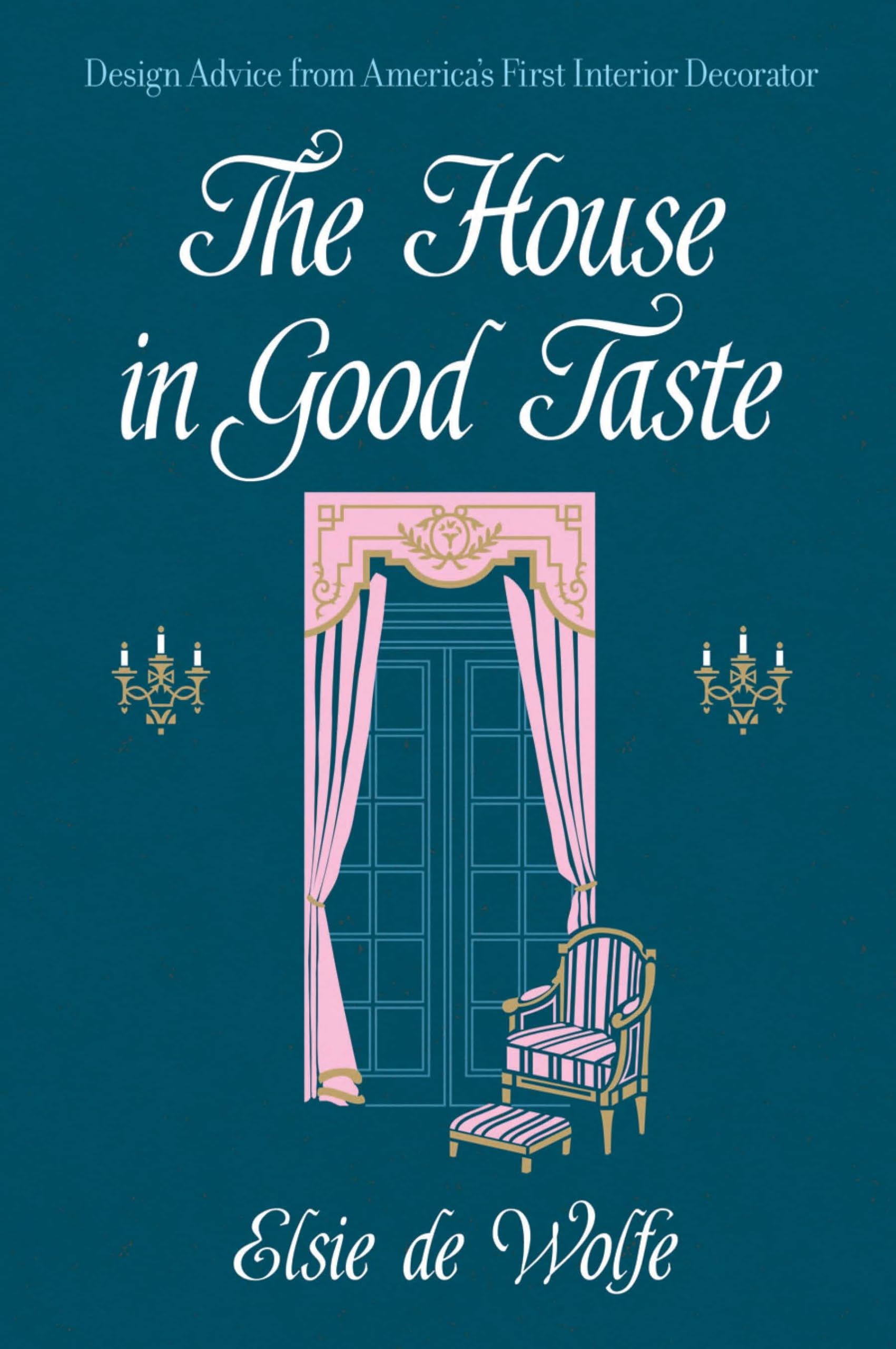

The House in Good Taste: Design Advice from America's First Interior Decorator (Dover Architecture)
M**T
A classic
I enjoyed reading about what was considered good taste in 1913 and comparing it with today's principles of design. While some may complain that this woman's almost unlimited resources made good taste easy, I valued seeing what one would do if money were no object. As Elsie de Wolf said more than once, having plenty of money does not guarantee good taste. Likewise, not having money does not mean that an attractive home is out of reach. What is timeless is having a home that reflects the dwellers within, one that is simple, where each item has a purpose and is not just for decoration. Then, as now, we like homes that are neat and clean and that comfort and refresh us.
D**A
Slice of history
Originally published in 1913, The House in Good Taste by Elsie De Wolfe is a window into what interior design would have looked like at the time—for the upper class. De Wolfe had decided opinions on design and taste and wasn't afraid to share them. Here are a couple of gems I enjoyed:"There is nothing more abused than the piano. . . I love music—but I am not a musician, and so I do not expose myself to the merciless banging of chance callers. I think pianos are for musicians, not strummers, who spoil all chance for any real conversation.""There has been of late a vulgar fashion of having a huge mass of colored glass and beads suspended from near-brass chains in the dining-rooms of certain apartments and houses. These monstrous things are called "domes"—no one knows why. . . . It is the sight of hundreds of these dreadful "domes" in the lamp shops that gives one a feeling of discouragement. The humblest kitchen lamp of brass and tin would be beautiful by contrast."I especially enjoyed the chapter on lighting, as electricity wasn't universal yet in 1913—although you can tell that Ms. De Wolfe was preaching to the upper class, because she mostly assumes that having it put in is not an issue.I also enjoyed looking at the pictures of some of the rooms Ms. De Wolfe had designed.All in all, I'd say read this if you're into interior design (there are good principles taught, even if it's not exactly up to date) or if you're really into the nineteen-teens.
A**Y
Design for the Wealthy and Aesthetically Superior
I usually like old Georgian through Civil War era design books, particularly those addressed to women who were actually doing the decorating. This author's conceited style was not even redeemed by the delight of its old-fashioned language. She is disparaging of anyone who doesn't share her particular taste, natters on about her own homes (note the plural) and continually makes snide remarks about people buying mass produced items. In one example she complains about the vulgarity of the multicolored glass dome lamps offered for sale, relates that modern housewives "complain they cannot find anything else to buy" and her solution for this is that they refuse to purchase anything for several years so that manufacturers will change their minds about what is popular. Eh, excuse me, I'll go sit in the dark in my single house waiting for an approved style to hit the market.The overall effect is of someone with more wealth than wisdom dictating to others what taste and style are, not as suggestions of what she believes, but as principles we commoners are too stupid to understand.Of course, this book wasn't written for the vulgar populace with their concerns about cost, about availability, or the necessity to buy new items from the areas in which they live.Perhaps there's a wealthy person out there who will find this type of writing enjoyable. I'm a working class person who enjoys books like Mrs. Beaton's, Catherine Parr's and others that take into account that all women regardless of income or station want a pretty, comfortable and economic home. I found this book entirely unrelatable even when it was giving a few bits of interesting advice.It's entirely possible to have an interesting, enjoyable, comfortable home on little money, but you won't find the secrets to that in this book. You'll just come away feeling that only a certain segment of society knows what taste or style means, and the author is condescending enough to remind us of it though she doesn't really expect us to follow through. I guess we'll just sit here in the dark and nod at her erudition.
S**L
Elsie DeWolfe decorated homes of the wealthy and her style is still popular now.
I am related to Elsie DeWolfe (maternal grandmother’s cousin) & I am a collector of her books. She was the first Interior Decorator & her ideas are still in style today as they were in the 1940’s & 50’s. Elsie has a sense of humour which is reflected in her writings.
Trustpilot
1 day ago
3 days ago